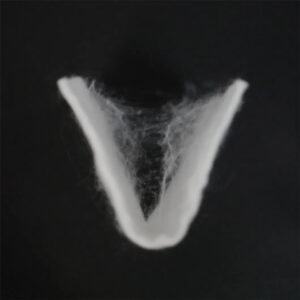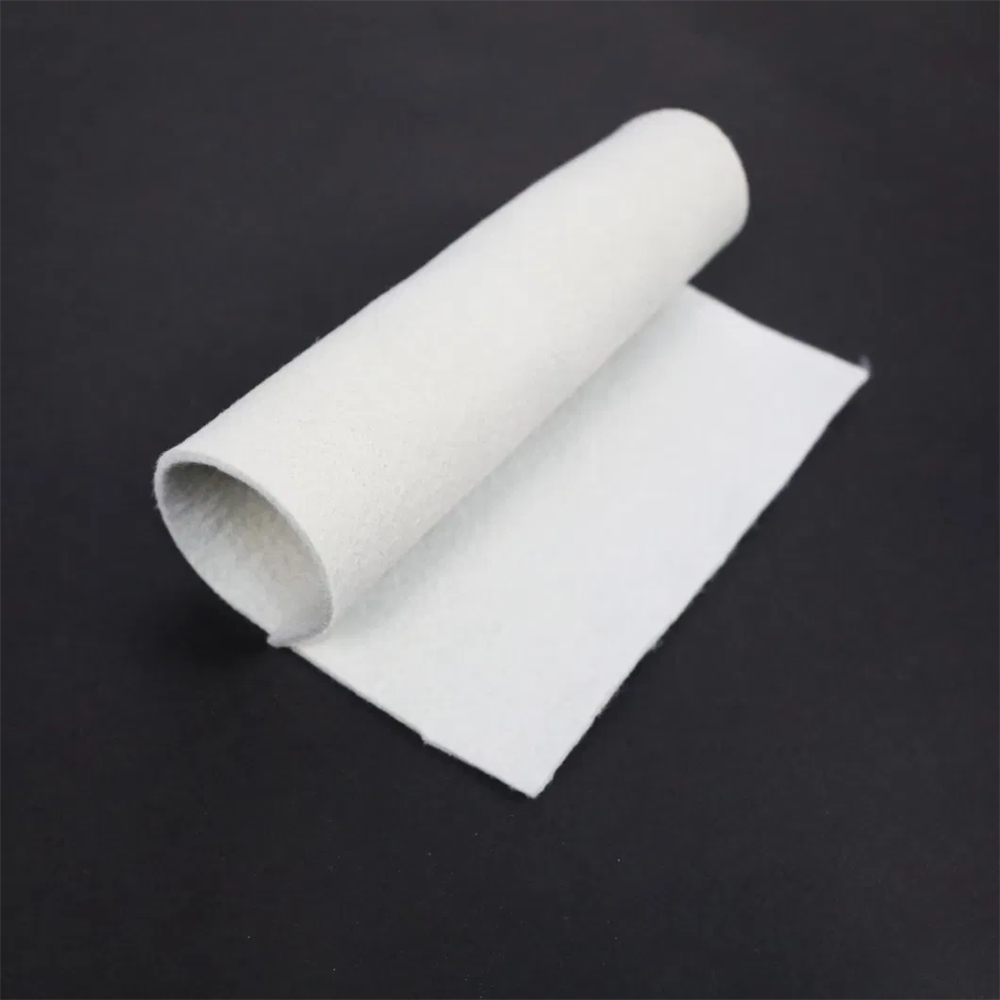Puncture strength test of geotextiles
Puncture strength testing of geotextiles is designed to evaluate their performance against puncture forces. This test is critical to determine the reliability of geotextiles when subjected to puncture forces in real-world applications. The following are the steps generally used for puncture strength testing of geotextiles:
Specimen Preparation: Cut specimens from the geotextile to specifications, usually in a square or rectangular shape to ensure representativeness of the test. Specimen preparation needs to take into account the directionality of the material, as geotextiles usually have one main direction of strength.
Test equipment: Use a special puncture testing machine for testing. Puncture testing machines typically include a clamp to hold the geotextile specimen and a piercer with a standardized shape and tip. The tip shape of the trocar may be tapered or round, depending on the standard being tested.
Specimen clamping: Clamp the geotextile specimen in the clamp of the puncture testing machine, ensuring that the design of the clamp does not cause local concentrated stress on the specimen, but is applied evenly on the specimen.
Apply load: Begin to gradually apply puncture force until the specimen is punctured. The applied force and the puncture deformation of the specimen were recorded during the test.
Data recording and analysis: Record the data during the test, including the maximum puncture force and the puncture deformation of the specimen. Puncture strength is usually expressed in terms of force per unit area, such as N/m² or kN/m².
Calculation results: Calculate the average value of the puncture strength and possibly plot the puncture force versus puncture depth to understand the behavior of the geotextile in more detail.
The standards for these tests usually involve specific test parameters, equipment specifications and data recording methods, usually provided by relevant international standards, industry specifications or manufacturers. Proper testing can help evaluate the performance of geotextiles when subjected to puncture forces, guide their use in practical applications, and ensure long-term stability in engineering projects.
Penetration strength test of geotextiles
The penetration strength test of a geotextile is to evaluate its barrier properties against moisture or other liquids. This test is often used to confirm the reliability of geotextiles in waterproofing and anti-seepage projects. The following are the steps generally used for geotextile penetration strength testing:
Specimen Preparation: Cut specimens from the geotextile to specifications, usually square or rectangular, to ensure representativeness of the test. Specimen preparation needs to take into account the directionality of the material, as geotextiles usually have one main direction of strength.
Test Equipment: Use specialized permeability testing equipment, such as permeability instruments or permeability testing devices. These devices typically include liquid supply systems, specimen supports, and liquid collection systems.
Specimen Holding: Install the geotextile specimen in the testing equipment, ensuring that the specimen is not damaged and is properly clamped. The edges need to be tightly sealed to ensure that the liquid being measured does not penetrate through the edges.
Liquid supply: Use a specified liquid, usually water or other specific liquid, to apply a certain pressure through the specimen. Relevant data need to be recorded as the liquid flows through the sample.
Data recording and analysis: Record the time of liquid flowing through the sample, liquid pressure and other data. These data are used to calculate the permeability properties of the geotextile.
Calculation results: Calculate the penetration strength, usually expressed in terms of liquid flux per unit area, such as L/m²·s or mm/s.
The specific procedures and criteria for these tests may vary for different applications and specifications. Usually, relevant international standards, industry specifications or manufacturers provide detailed test procedures and requirements. Proper testing can help evaluate the performance of geotextiles in terms of waterproofing and anti-seepage, providing reliable performance in practical engineering applications.

Water permeability test of geotextiles
The water permeability test of geotextiles is designed to evaluate their ability to penetrate water. Especially in civil engineering, this test is critical in determining the effectiveness of geotextiles in waterproofing and penetration control applications. The following are the steps generally used to test the water permeability of geotextiles:
Specimen Preparation: Cut specimens from geotextiles that comply with specifications. Specimens are usually square or rectangular, and to ensure compliance with the testing requirements, the directionality of the material may need to be considered, as geotextiles usually have one main direction of strength.
Test equipment: Use a special water permeability test device or water head pulsation test device. These devices exert a head (water pressure) on the geotextile and record the water flow rate and duration of the test.
Sample installation: Install the geotextile sample in the water permeability test device, ensuring that the sample is not damaged and is clamped correctly. The edges need to be tightly sealed to ensure that water flow only penetrates through the specimen and not the edges.
Apply water head: Apply a specified water head or water pressure through a water permeability test device. The application of water head may be constant or pulsed at a certain flow rate.
Record data: Record the time and flow rate of water flowing through the sample. These data are used to calculate the water permeability of the geotextile.
Calculation results: Calculate the water permeability of the geotextile, usually expressed in terms of water flow per unit area, such as L/m²/min or mm/s.
The specific procedures and criteria for these tests may vary for different applications and specifications. Usually, relevant international standards, industry specifications or manufacturers provide detailed test procedures and requirements. Water permeability testing helps evaluate the geotextile’s performance in terms of water flow and penetration, ensuring its effectiveness in waterproofing and penetration control projects.
Author
-

Founded in 2002, Tinhy's team focuses on the manufacturing, marketing, installation, application and research and development of geosynthetic materials.
View all posts




